Yes, it’s finally happened! In an exciting development for the entire open-source desktop community, and exactly two years after its previous 4.18 version, the Xfce project has announced the release of its lightweight brand-new desktop environment, Xfce 4.20.
Xfce 4.20 Highlights
Experimenting With Wayland Integration
One of the headline changes in Xfce 4.20 is its initial, though still experimental, support for the Wayland display server. Advanced users are encouraged to proceed cautiously since this feature remains a work in progress and may present stability issues or incomplete functionality.
The good news is that nearly all core Xfce components can now run on Wayland without relying on XWayland, achieved through a newly introduced abstraction layer known as libxfce4windowing. However, a fully native Wayland compositor for Xfce is still on the horizon.
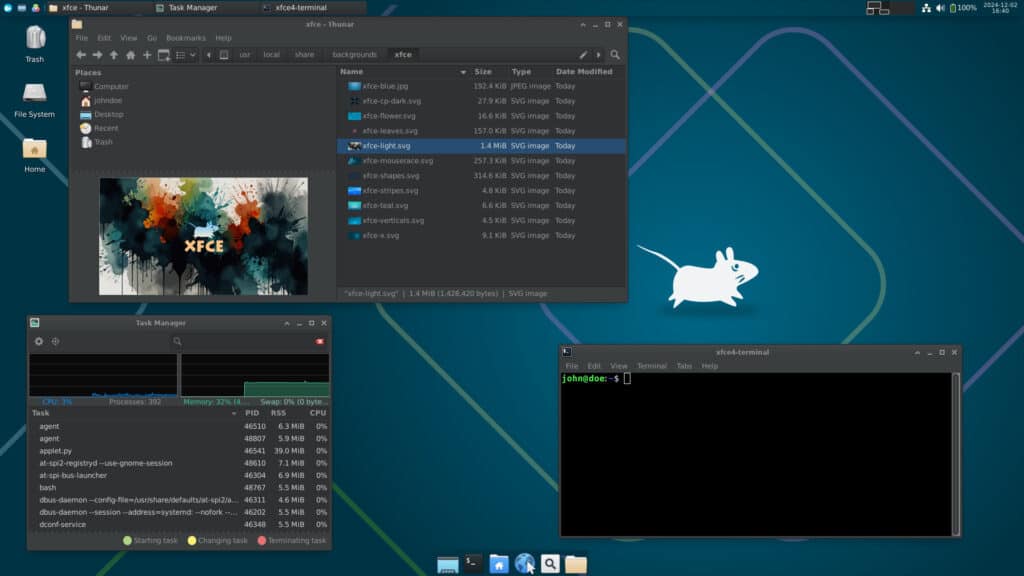
For now, tools like Labwc and Wayfire provide the most reliable Wayland-based experiences combined with Xfce, and detailed instructions on setting things up are readily available online.
In light of this, keep in mind that workspace management, system tray icons for certain applications, and a few configuration dialogs—such as keyboard and mouse settings—remain dependent on compositor-level behavior in Wayland and thus remain unavailable.
At the same time, screenshots under Wayland are currently limited to full-screen captures via the wlroots screencopy protocol. Nonetheless, these early steps mark a significant shift, laying the groundwork for a truly modern display experience to preserve Xfce’s well-known stability and customizability.
Sharper Icons and Better Scaling
Beyond Wayland support, Xfce 4.20 addresses a longstanding wish from users who rely on high-resolution (HiDPI) displays. Icons and thumbnails now scale properly, with additional high-resolution icons filling in previous gaps and ensuring a crisp, clean appearance across the desktop.
This improvement extends to various components, promising an overall more polished look without the blurriness that sometimes plagued older versions.
Efficiency and Smooth Navigation in Thunar
Thunar, Xfce’s default file manager, has significantly improved performance. Even large directories containing more than 100,000 files no longer cause the interface to freeze, thanks to redesigned container structures and better use of separate background tasks.
Users can expect smoother navigation and quicker responses, especially in intensive file management scenarios.
Thunar’s interface also gained a suite of subtle enhancements. The toolbar now sports handy new buttons for quickly switching views, revealing a menu when the menubar is hidden, and effortlessly opening tabs or new windows.
Another notable improvement in Thunar is the addition of folder expansion directly within the main file list. Similar to how the side pane’s tree-view allows users to drill down into directories without opening a separate window, the main view also supports this feature.
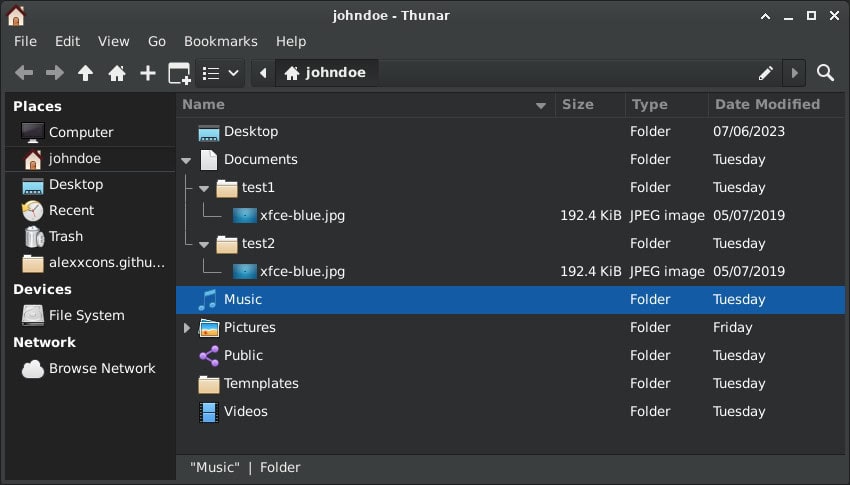
Shrinking the Thunar window now moves overflow toolbar items into a neat submenu, maintaining a clean and accessible interface in cramped screen spaces.
In addition, Thunar now supports symbolic links in remote locations, improved IPv6 remote URLs, and smoother drag-and-drop behavior. Users working with large data sets will appreciate the performance-oriented approach, including removing superfluous checksum calculations and new options to prevent potential drive fragmentation during file transfers.
Custom actions have also been refined, and Thunar now asks for user confirmation before applying undo operations that could result in unintended file deletions.
Lastly, Thunar introduces a new level of customization and visual consistency with the option to use symbolic icons in the side pane (which personally I prefer) while retaining colored icons in the main toolbar.
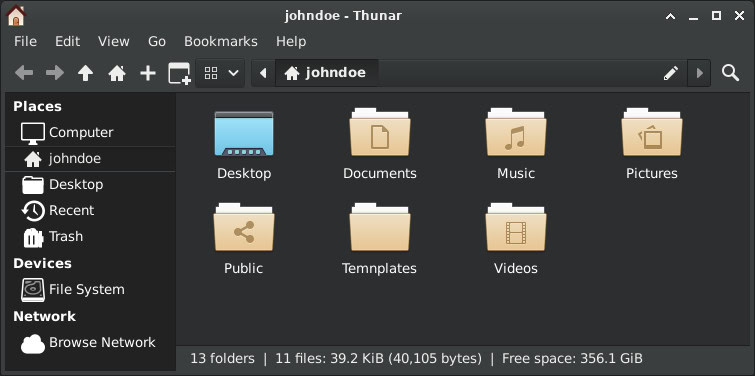
New Libraries and Under-the-Hood Improvements
The fresh libxfce4windowing library deserves special mention. It abstracts windowing concepts in a manner that doesn’t depend solely on X11, paving the way for future Wayland improvements.
Meanwhile, libxfce4ui and other components have seen incremental updates that enhance keyboard shortcuts, application launchers, and about dialogs, providing distribution logos, windowing system details, and GPU information.
Panels, Power Management, and Appfinder Tweaks
The Xfce Panel allows for more customization than ever before, with configurable border widths and smoother detection of panel plugins. Screen-locking and power-profiles-daemon integration have been significantly simplified in the power management realm.
Users will enjoy improved handling of device lid-close actions, better brightness keys support, and hybrid sleep modes.
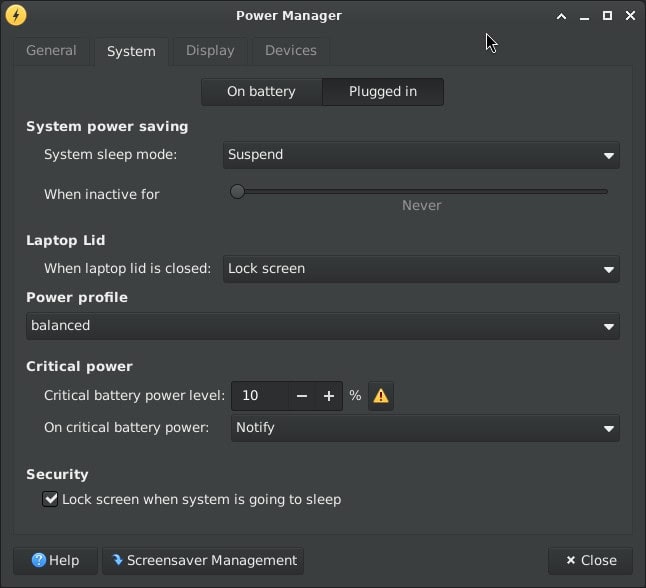
For those who frequently rely on the Appfinder, new features allow you to browse applications more efficiently, close the window automatically when focus is lost, and even launch it as a background daemon for faster responses. Right-click actions and single-click launching options round out these usability enhancements.
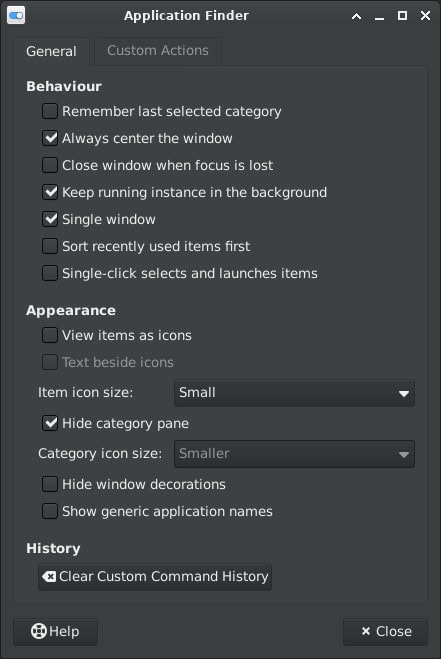
Better Displays, Mice, and Mime Handling in Settings
Xfce’s settings panels have not been left behind. The display configuration tool now handles profiles more intuitively, including a reliable fallback profile.
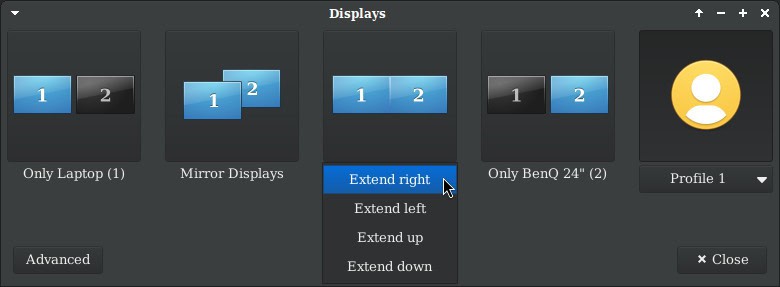
Mouse acceleration profiles, high-resolution scrolling support, and icons that load asynchronously ensure a snappier and more polished configuration experience.
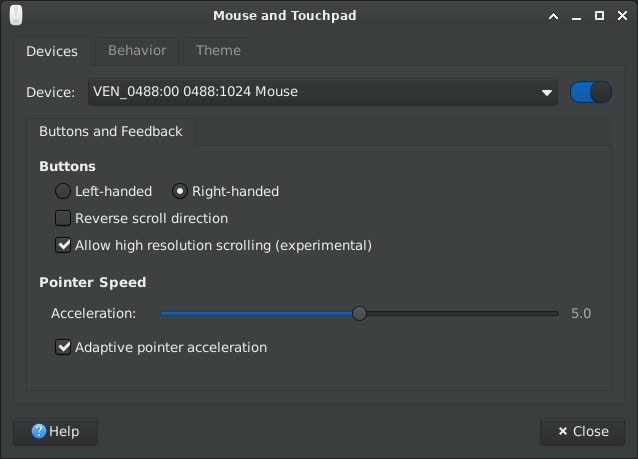
Mime settings also make it possible to select and change multiple items simultaneously, which is a small but welcome convenience.
Desktop Experience and Window Management
Xfdesktop, the component that manages wallpapers and desktop icons, boasts improved random wallpaper cycling, gamma-correct gradients, smoother handling of multiple displays, and minimized application icons.
The redesigned “Desktop Icons” tab provides greater clarity and control over arranging files and folders.
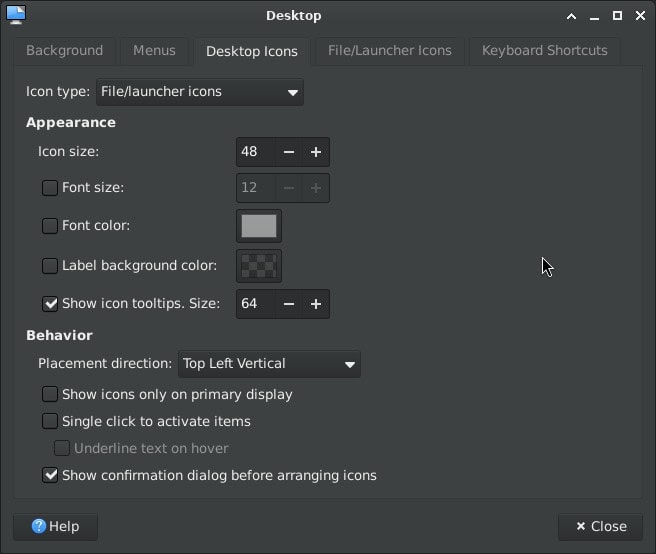
Additionally, new shortcuts and preferences make it easier to open multiple folders, manage context menus, and keep icons precisely where you want them—particularly welcome news for multi-monitor setups.
Last but not least, the window manager (Xfwm4) introduces support for stretch theme variants, enhanced compositing behavior, and fixes to known focus and stability issues.
Bottom Line
As we stated, the Xfce 4.20 desktop environment has arrived and is better than ever.
The main question users are asking is when they can try out all of the new features coming with Xfce 4.20. As always, users of rolling release Linux distributions, such as Arch Linux, Void, openSUSE Tumbleweed, etc., are expected to get the latest package versions in their repositories first, probably in the next days and weeks.
Other users will have to wait for the release of new Xfce-centric spins of some of the leading Linux distributions, such as Xubuntu or Fedora Xfce Spin, which means spring 2025.
For more information and a deep dive into all novelties, see the official announcement, take the Xfce 4.20 tour, or refer to the full changelog provided by the Xfce project.
Image credits: Xfce Project
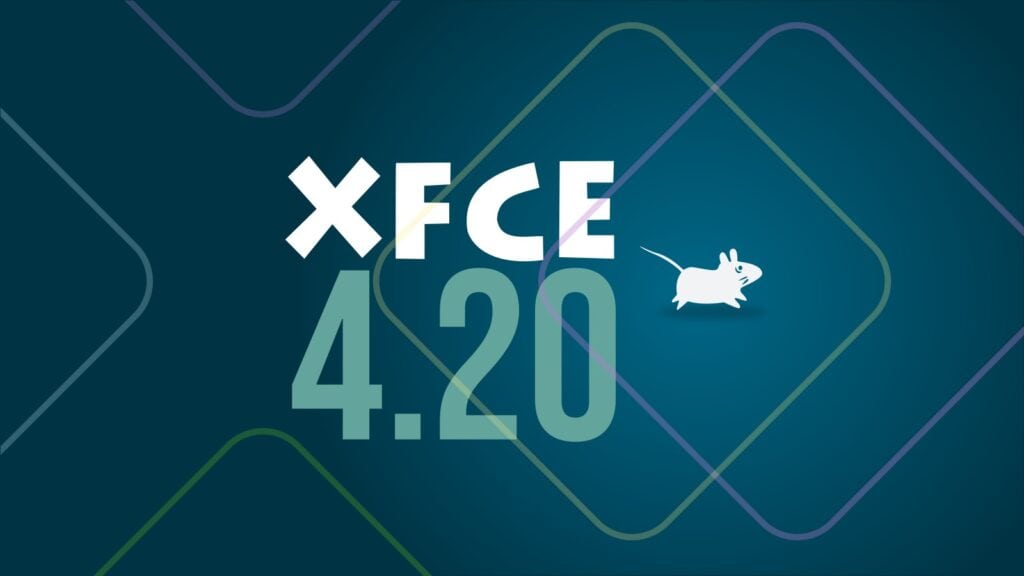
I love Xfce. I made this desktop customization, today. To celebrate 4.20 version.